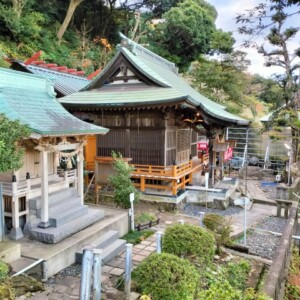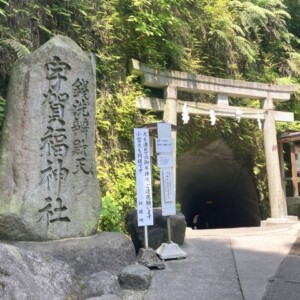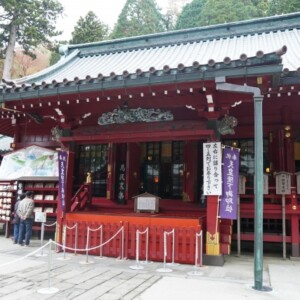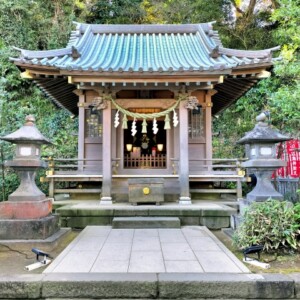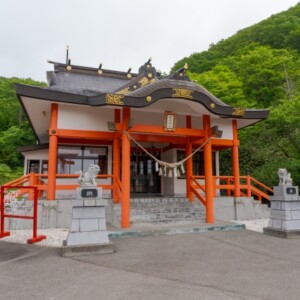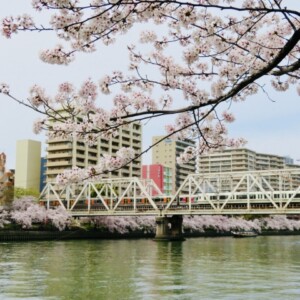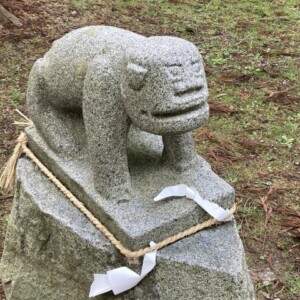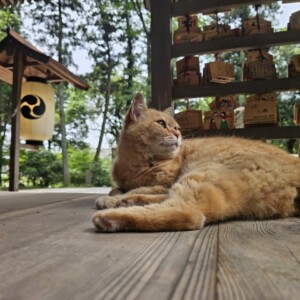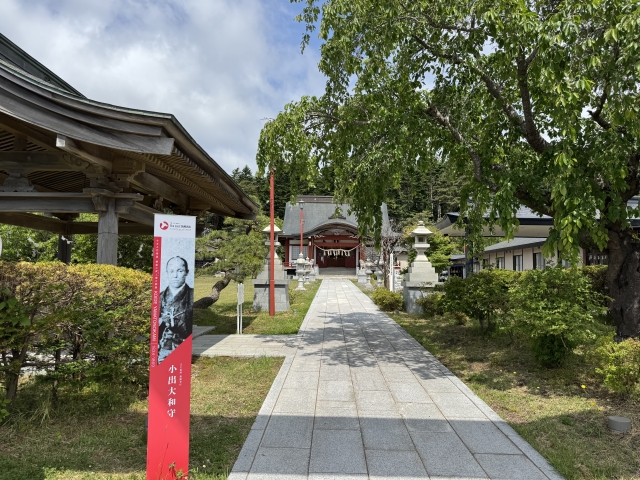
Hokkaido Toshogu|Complete guide to the history, highlights, and worship information of Hokkaido’s only Toshogu shrine
Hokkaido Toshogu Shrine, located in Jinkawa-cho, Hakodate, is the only Toshogu shrine in Hokkaido and was built in 1864 by the Edo Shogunate in conjunction with the construction of Goryokaku, the site of the fierce Battle of Hakodate, and is known as a shrine with a rich history that was visited by Shinsengumi leader Hijikata Toshizo. Today, the shrine stands in a quiet mountainous area and is well known to visitors as a valuable historical site that tells a part of Hokkaido’s pioneering history.
Outline and Basic Information on Hokkaido Toshogu Shrine
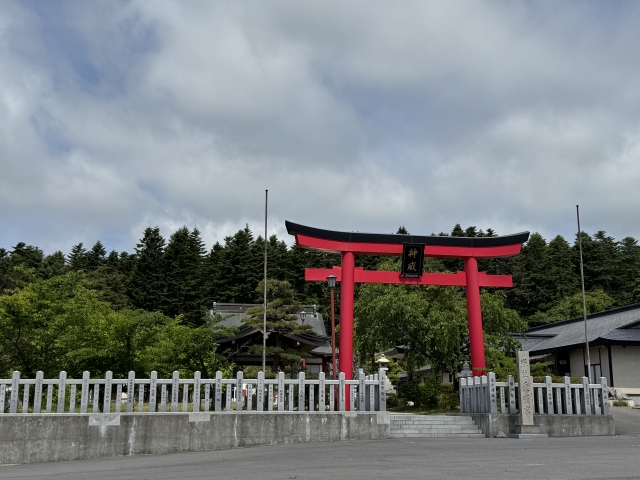
Hokkaido Toshogu is officially named “Hokkaido Toshogu” and is also known as Hakodate Toshogu. It is one of the Toshogu shrines dedicated to Tosho Daigongen (Ieyasu Tokugawa) and is a venerable shrine with the status of a former prefectural shrine. The current site of the shrine is located at 82-153 Jinkawa-cho, Hakodate, and is quietly situated on a hillside visible from Mount Hakodate opposite the city.
History and Origin
The history of Hokkaido Toshogu Shrine dates back to the turbulent days of the late Edo period (1603-1868), when the Edo shogunate built Goryokaku, and Toshodai Gongen, the deity enshrined at Dogenin Temple in Samani, was moved to Kamiyama Village (where Kamiyama Inari Shrine stands today), which is located at the devil’s gate of Goryokaku. At this time, Kamiyama was renamed Kamiyama, and the shrine was called “Ezo Nikko” (meaning “Ezo Nikko” in Japanese), and the annual festival was held with great pomp and circumstance.
However, during the Hakodate War of 1869 (Meiji 2), the former shogunate forces hastily built a position (Gongen-daiba) at Toshogu as a defensive base in the northern part of Goryokaku, and the shrine suffered the tragic loss of its buildings in the all-out attack on Hakodate. After a temporary shrine building was constructed in Yachigashira in 1874, the shrine moved to Minami Shinmachi (where the Motomachi Water Distribution Plant is now located) in December 1878, and then to Kamewaka-cho (present-day Horaicho) in April 1879, moving around Hakodate.
In March 1934, the shrine was destroyed by a similar fire, but was rebuilt in September of the same year. In 1992, it was moved to its current location and renamed Hokkaido Toshogu Shrine, where it remains to this day. The shrine was originally a village shrine in 1874, but was promoted to a township shrine in 1915 and to a prefectural shrine in 1923.
Gods of worship and benefits
The deity of the shrine is Tosho Daigongen (Prince Tokugawa Ieyasu). Tokugawa Ieyasu is known as the first shogun of the Edo shogunate and is revered as a great military commander who unified the country. Ieyasu’s life was marked by perseverance and self-control, and this shrine dedicated to Tokugawa Ieyasu has a “love-suppression” prayer hall, established in honor of Ieyasu’s perseverance and self-control, which is popular among visitors who wish for long life and good health.
Hokkaido Toshogu Shrine, in particular, offers a prayer for “fukke-suji,” which is a prayer to keep one’s self disciplined and to live a wise life forever, and is also linked to “fukke-suji,” which attracts the attention of many worshippers in an aging society. The shrine is also expected to bring blessings for prosperous business, family safety, and academic success, based on the spirit of peace and prosperity that Lord Ieyasu spent his life building.
Highlights and Features of Hokkaido Toshogu Shrine
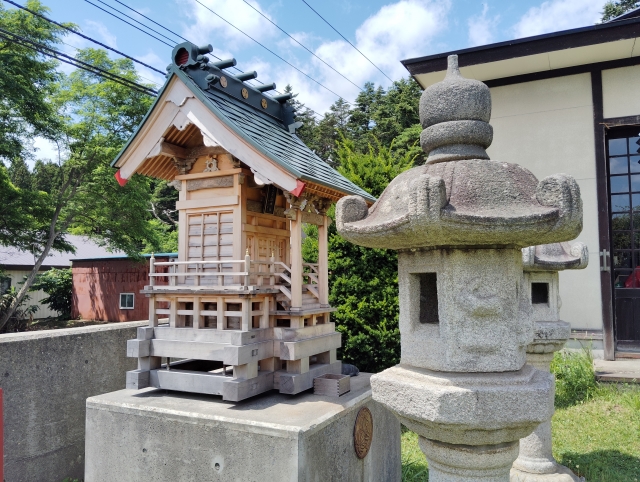
Hokkaido Toshogu Shrine has numerous attractions that tell the story of its long and turbulent history, and has recently become the focus of pilgrimages to sacred sites, as it was featured in the 2024 film version of Detective Conan: The Million Dollar Goryo Sei (The Five Ryo-star).
Architectural and Structural Attractions
The present shrine pavilions were erected when the shrine was relocated in 1992, and their prestigious structures, especially the main hall and shrine pavilions, exude an atmosphere of sanctity. As a structure that conveys the beauty of traditional shrine architecture to the modern age, it leads worshippers to a sense of serenity.
The approach to the shrine grounds is greeted by a magnificent torii gate and a tranquil atmosphere. The shrine’s location in the mountains allows it to be in beautiful harmony with nature, and it is an environment that shows different expressions in each of the four seasons.
A cultural asset that tells the history of the Hakodate War
One of the most unique features of Hokkaido Toshogu Shrine is a valuable water basin that bears bullet holes from the Hakodate War. This is known as a magnificent water pot bearing the name of Hakodate Magistrate Yamatomori Koide, and is a valuable war relic that conveys the fierce battles of the time to the present day.
The shrine also has a guardian dog that was damaged in the Great Hakodate Fire of 1934, and there is an anecdote that the dog was evacuated to “Yukura Shrine” when it was damaged in the Great Hakodate Fire. These cultural properties are highly valued for their technical value as the komainu were created by stonemason Kisaburo Inoue, who also worked on the stone walls of Goryokaku and Benten Daiba.
The Junchu Hekkoku Shrine, dedicated to the Shinsengumi, is also located within the precincts of the temple, and is said to have been visited by members of the Shinsengumi, including Hijikata Toshizo. This makes it a rare place where the history of the Hakodate War and the Shinsengumi can be felt at the same time.
The beauty of nature and scenery in the precincts of the shrine
Hokkaido Toshogu Shrine is surrounded by a beautiful natural environment as well as a historical background. The precincts of the shrine are surrounded by a sacred atmosphere, and the scenery changes with the seasons. Cherry blossoms, autumn leaves, and snowy landscapes attract visitors.
Because of its location in the mountains, the temple maintains a tranquil environment that differs from that of Hakodate’s urban area, allowing visitors to purify their minds and offer their gratitude to Lord Ieyasu in a sacred atmosphere. Especially during the season of fresh greenery in spring and autumn leaves in fall, visitors can experience a unique and special space where the beauty of nature and the weight of history are in harmony.
Guide to Worship and Visiting
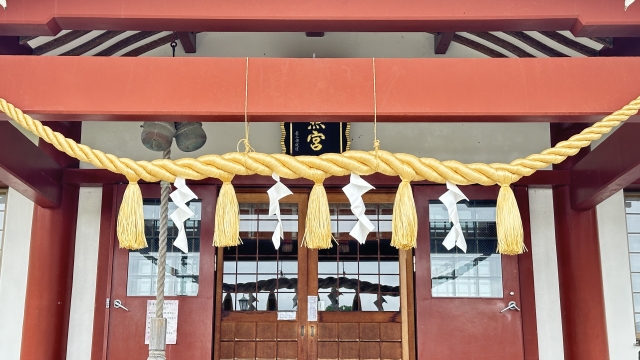
A visit to the Hokkaido Toshogu Shrine is dotted with sacred spots and places where the shrine’s guardian deities are enshrined, and its exploration is a valuable experience of quiet contemplation of the shrine’s history and beliefs. As the only Toshogu Shrine in Hokkaido, it is a place of worship with special significance.
Worship Etiquette and Manners
At Toshogu Shrine in Hokkaido, visitors follow general shrine etiquette. When passing through the torii gate, bow and avoid the center of the path. At the handbasin, purify yourself by using the handbasin, which still bears bullet holes from the Hakodate War, and treat this precious cultural asset with care.
In front of the hall of worship, you will worship in the manner of two beats, one clap, and one bow. It is especially important to pray with sincerity if you wish to pray for the “love-affair seal,” which is a prayer for discipline and to live a long and intelligent life. When visiting the shrine, do not make a lot of noise and do not forget to be considerate of other worshippers.
Annual Events and Special Festivals
Hokkaido Toshogu Shrine has a tradition of holding grand annual festivals. In particular, the shrine sponsors and assists in the operation of the Hekirosai, a festival associated with Tokugawa Ieyasu, and is also involved in historical memorial services as a shrine associated with the Hakodate War.
Various festivals are held throughout the year, but it is recommended that you contact the shrine in advance for a detailed schedule. The spring and fall seasons are particularly ideal for experiencing the beauty of nature and the solemnity of the festivals.
Red Seal and Good Luck Charm Information
At Hokkaido Toshogu Shrine, red seals are stamped with the golden hollyhock crest of the Tokugawa family. This special red seal is popular with many visitors as it is unique and precious to the only Toshogu in Hokkaido.
Please note that the shrine office where red seals are available is closed on certain days and times. However, there is a sign at the shrine office, so you can pay the first fee there. The shrine office is open from 9:00 to 16:00, so we recommend that you visit during these hours.
The most popular amulets are those related to “protection against love,” and are popular among those who wish for longevity and good health. For more details about the items to be awarded, please check at the shrine office when you visit the shrine.
Access and Usage Information
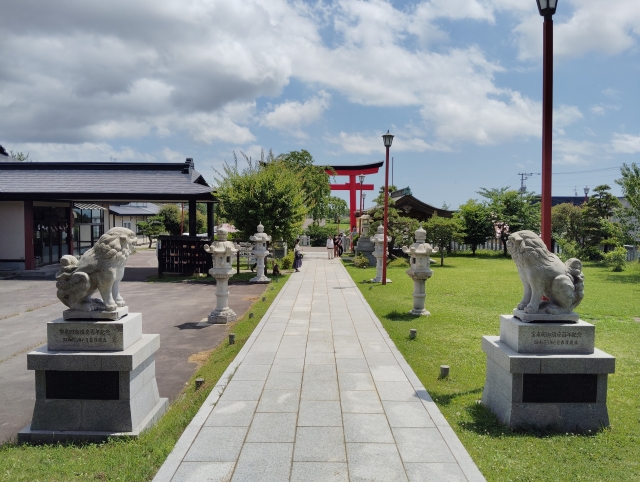
Hokkaido Toshogu Shrine is somewhat difficult to locate and access, but this makes it a special place that preserves a tranquil environment.
Transportation Access
By public transportation
From Hakodate Station, take the bus to “Toshogu Approach” and walk for about 5 minutes. Alternatively, take a bus from Hakodate Station (platform 9) to Goryokaku (platform 1) and take a cab or other means of transportation from Goryokaku.
By train
It is about 5240 meters on foot from Kikyo Station on the JR Hakodate Main Line, about 5810 meters on foot from Goryokaku Station on the JR Hakodate Main Line, and about 5810 meters on foot from Goryokaku Station on the Donan Isaribi Railway Line.
Using a private car or rented car
Rental cars (scattered in front of Hakodate Station and near Goryokaku) are the most convenient way to get to the site. Access from Hakodate City is relatively quick.
<Address> 82-153 Jinkawa-cho, Hakodate, Hokkaido 041-0833, Japan
Hours of Operation, Fees and Parking
Visitors are generally free to enter the temple grounds, but the shrine office is open from 9:00 to 16:00. Please come during these hours if you wish to receive a red seal or amulet.
Admission to the temple grounds is free. For the red seal, amulets, and other awards, an initial fee is required for each.
For details on parking, please contact the shrine before visiting. Please drive carefully when accessing the shrine by car, as it is located in the mountains.
Inquiries
Phone: 0138-32-2221
We recommend that you call in advance for questions or the latest information about visiting the shrine.
Reference Site
Hokkaido Toshogu Shrine official website: https://www.toshogu24.com



